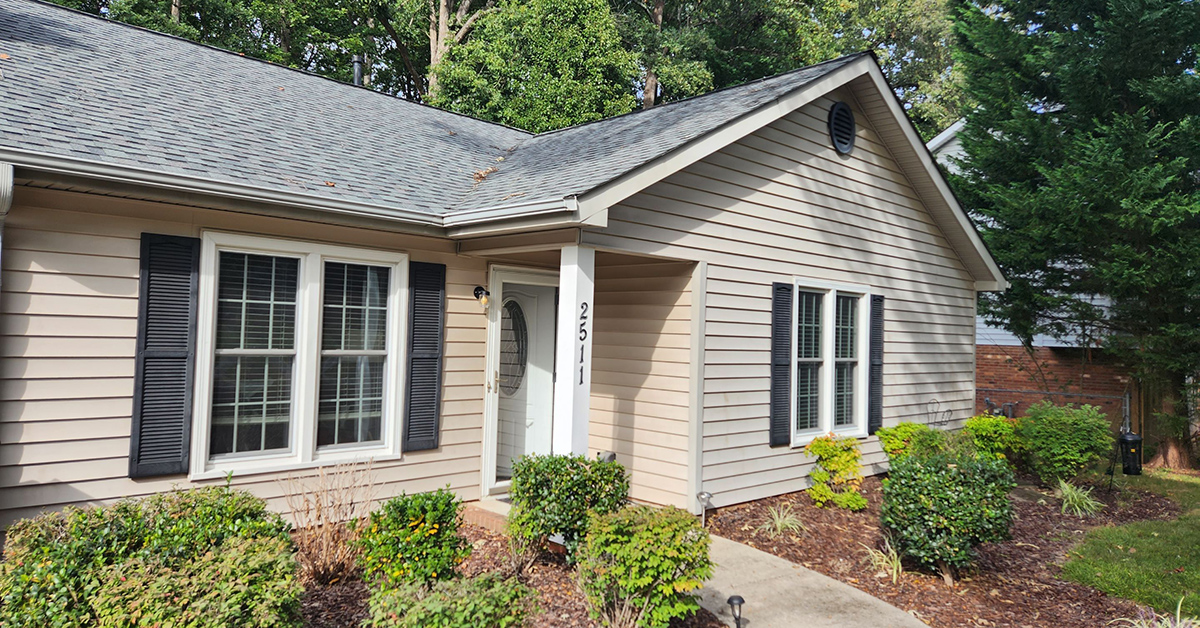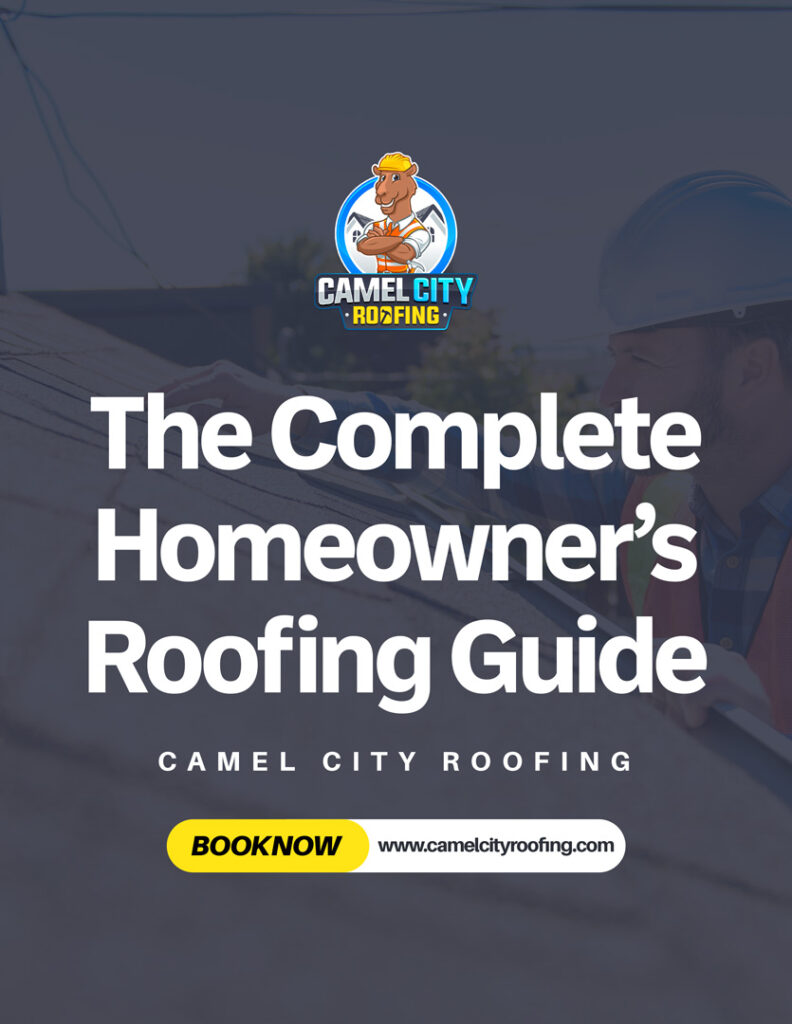When it comes to safeguarding your home, understanding your homeowners insurance can feel like deciphering an ancient scroll. But don’t worry – we’re here to break it down for you, especially when it comes to one of the most crucial aspects of your policy – roof coverage. Whether you’re a seasoned homeowner or a first-time buyer, knowing what your insurance covers can save you a lot of stress and money down the road.
In this post, we’ll explore the various types of roof damage that are typically covered, clarify common exclusions and limitations, and guide you through the intricacies of repair vs. replacement coverage. By the end, you’ll be well-equipped to ensure your roof – and home – are adequately protected.
Types of Roof Damage Covered
Your roof is your home’s first line of defense against the elements. Therefore, it’s essential to know what kinds of damage your insurance policy covers.
Wind and Hail Damage
Strong winds and hail storms are common culprits of roof damage. Most homeowners insurance policies cover damage caused by wind, hail, or other natural events. This means if a storm rips shingles off your roof or hailstones pummel your tiles, your policy will likely cover the repair costs.
Falling Debris
Nature is unpredictable, and sometimes trees, branches, or other debris may fall on your roof. Ensure your homeowners insurance covers such incidents. A heavy branch crashing onto your roof can cause significant damage, and having this coverage can provide peace of mind.
Fire Damage
Fire is one of the most devastating events that can occur. Fortunately, coverage for fire-related roof damage is standard in most policies. Whether it’s due to a lightning strike or an accident, knowing your roof is covered can be a huge relief during such stressful times.
Water Damage
Water damage from a roof leak can be tricky. Clarify with your insurance provider if water damage from a roof leak is covered and under what conditions. Some policies only cover sudden leaks caused by specific events like storms, while gradual leaks due to poor maintenance might not be included.
Exclusions or Limitations
Not all roof damage is covered by homeowners insurance. It’s crucial to understand the exclusions or limitations to avoid surprises.
Wear and Tear/Negligence
Most policies exclude damage from regular wear and tear or lack of maintenance. This means if your roof suffers damage due to its age or because it hasn’t been maintained properly, the insurance company may deny your claim.
Roof Age
The age of your roof can affect your coverage. Some insurers limit coverage or payout amounts based on the roof’s age. For older roofs, this could mean a reduced payout or more stringent conditions for coverage.
Specific Materials
Certain types of roofing materials, like wood shake or metal, may have special exclusions or limits. It’s essential to check if your policy has any specific terms regarding the materials used on your roof to ensure you’re fully covered.
Repair vs. Replacement Coverage
Understanding whether your policy covers repair or full replacement for roof damage can significantly impact your financial responsibility during a claim.
Full Replacement
Some policies cover full replacement of your roof if it’s damaged beyond repair. This can be a lifesaver, as replacing an entire roof can be incredibly costly.
ACV vs. RCV
There are two main types of coverage – Actual Cash Value (ACV) and Replacement Cost Value (RCV). ACV takes depreciation into account, offering less money for an older roof, while RCV covers the cost to replace the roof at current prices. Knowing which one your policy uses can help you plan better.
Deductible Structure
The deductible structure of your policy can affect how much you pay out-of-pocket before the insurance kicks in.
Hurricane/Windstorm Deductibles
In hurricane-prone areas, there may be separate, higher deductibles for wind and hail damage. These higher deductibles can be a percentage of your home’s insured value, which can be significantly higher than standard deductibles.
Flat Rate vs. Percentage-Based
Some policies have flat-rate deductibles, while others use a percentage-based deductible. Percentage-based deductibles can be much costlier, especially for high-value homes. Understanding your deductible structure can help you prepare financially for a claim.
Coverage for Roof Leaks
Roof leaks can cause extensive damage to your home. It’s vital to know if your policy covers them.
Sudden and Accidental Leaks
Most policies cover leaks caused by sudden and accidental events like storms. If a storm damages your roof and causes a leak, you’re likely covered.
Excluded Leaks
Long-term, gradual leaks from poor maintenance may not be covered. Regular roof inspections and maintenance can help prevent these types of leaks and ensure coverage if a sudden event occurs.
Matching Materials
If part of your roof needs to be replaced, you’ll want to ensure the new materials match the existing ones.
Policy on Non-Matching Roof Materials
Some policies cover matching the new materials with the existing ones, while others don’t. Check if your policy includes this coverage to avoid a mismatched roof.
Roof Inspection Requirements
Some insurers have specific requirements regarding roof inspections to maintain coverage.
Routine Maintenance Clauses
Routine maintenance clauses may require regular inspections to keep your policy active. Failing to meet these requirements can result in denied claims.
After-Damage Inspections
After-damage inspections determine what will be covered after an incident. Having a professional inspection after damage occurs can help ensure you get the coverage you need.
Impact of Roofing Upgrades
Upgrading your roof can have several benefits, including premium discounts.
Premium Discounts
Some policies offer discounts for certain upgrades, like impact-resistant shingles. These upgrades can reduce the likelihood of damage and lower your insurance premiums.
Compliance with Building Codes
Ensure your coverage includes bringing your roof up to current building codes if needed. This can be crucial during repairs or replacements to avoid additional out-of-pocket costs.
Limits for Secondary Structures
Your homeowners insurance may also cover roofs on secondary structures.
Detached Garages, Sheds
Check if your policy extends roofing coverage to other structures like garages or sheds. This can provide added protection for all your buildings.
Camel City Roofing: Your Roofing Experts
At Camel City Roofing, we understand the importance of having reliable homeowners insurance coverage for your roof. As experts in the roofing industry, we recommend having a clear understanding of your policy to avoid any surprises during a claim.
If you need help with roofing repair, maintenance, or replacement services, trust Camel City Roofing to provide top-quality workmanship and exceptional customer service. Contact us today for all your roofing needs!


